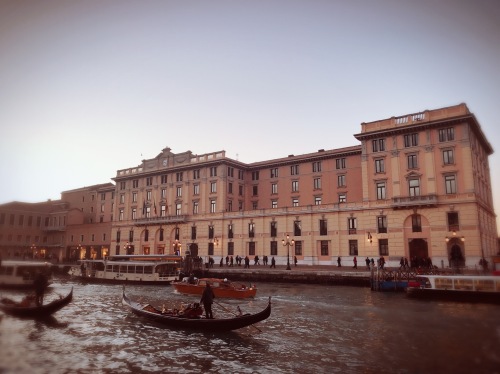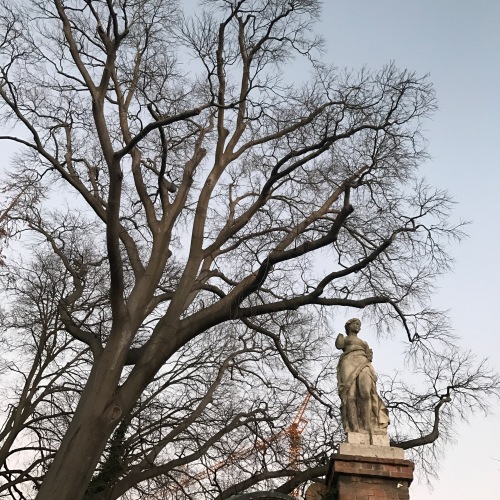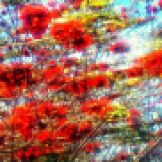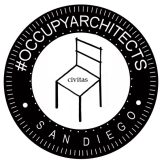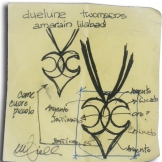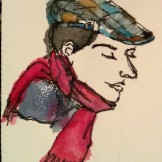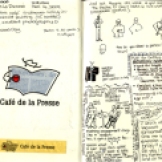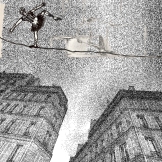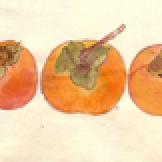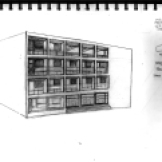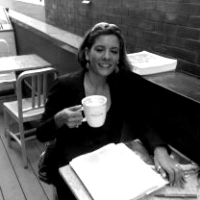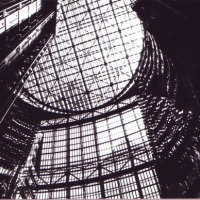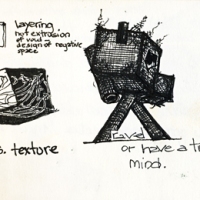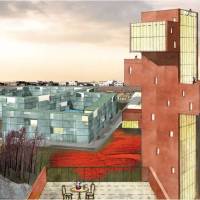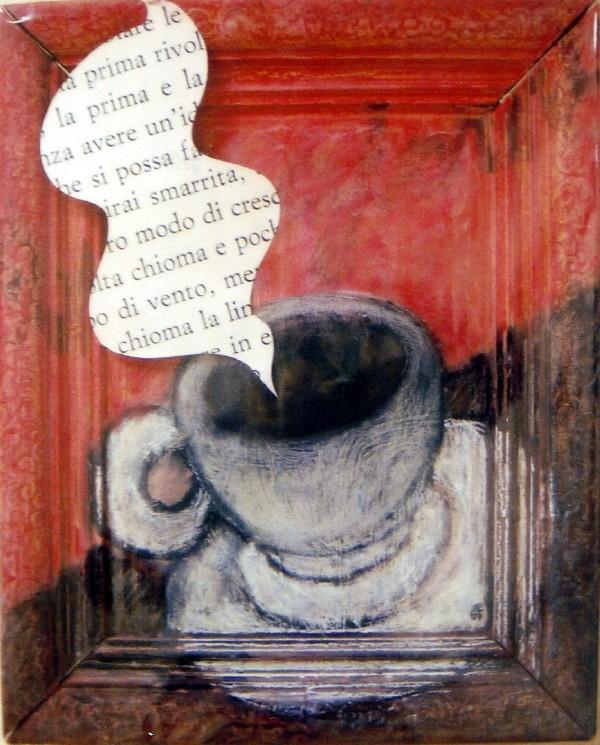
The Feast of the Redeemer (or Festa del Redentore) is one of the most important Holy days for Venetians. For one day the whole Basin of San Marco is transformed into an immense piazza/party with hundreds of boats and revelers enjoying dinner on the water and waiting for sunset. The religious day is held the third Sunday in July, and chronicled here is the day before.. the secular fête. I had seen a painting of Tintoretto depicting the yearly ceremony of the City of Venice’s marriage to the Sea.. and when my cousin, who is from nearby Mestre, told me he was invited to the Feast I suspected it would be a once-in-a lifetime occasion, and I begged him to let me tag along.
At night, beautiful fireworks light up the already dreamlike city of Venice. It is a dream within a dream ( lucid Venice) .. just like the hallucinatory Carnevale.
This tradition was started in medieval Venezia, in 1576, when a Feast was planned to celebrate the end of a particularly disastrous Plague (Venice suffered many) which killed more than 50,000. The painter Titian was amongst the perished. None other than Andrea Palladio was commissioned to build the Church of the Redentore, which was completed in 1576.
The Doge ( the Venetian ruler of the Imperial Serenissima) would walk on a bridge made of barges from Le Zattere area of Venice to the Redeemer Church each year.
There is no way that a camera, let alone a phone ( with, what I suspect a wet lens) on a moving boat could capture what the Redentore is, being surrounded by thousands underneath the summer night skies, all in love and in awe of one city. The energy of seeing a people dancing and celebrating on a sea of boats was awe-inducing ….but here I offer some impressions, pale comparisons to the live Lady at Night.












Just as wonderful as the Feast and the fireworks, was the ride through Canal Grande to admire nocturnal Venice. The Canal is only open to boats without resident permits once a year: on the day of the Festa del Redentore.











